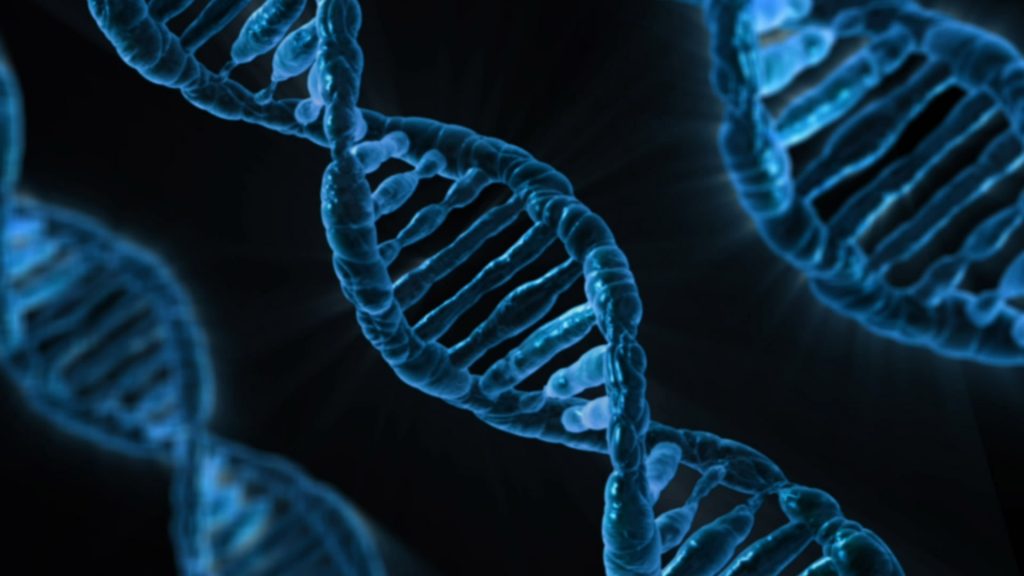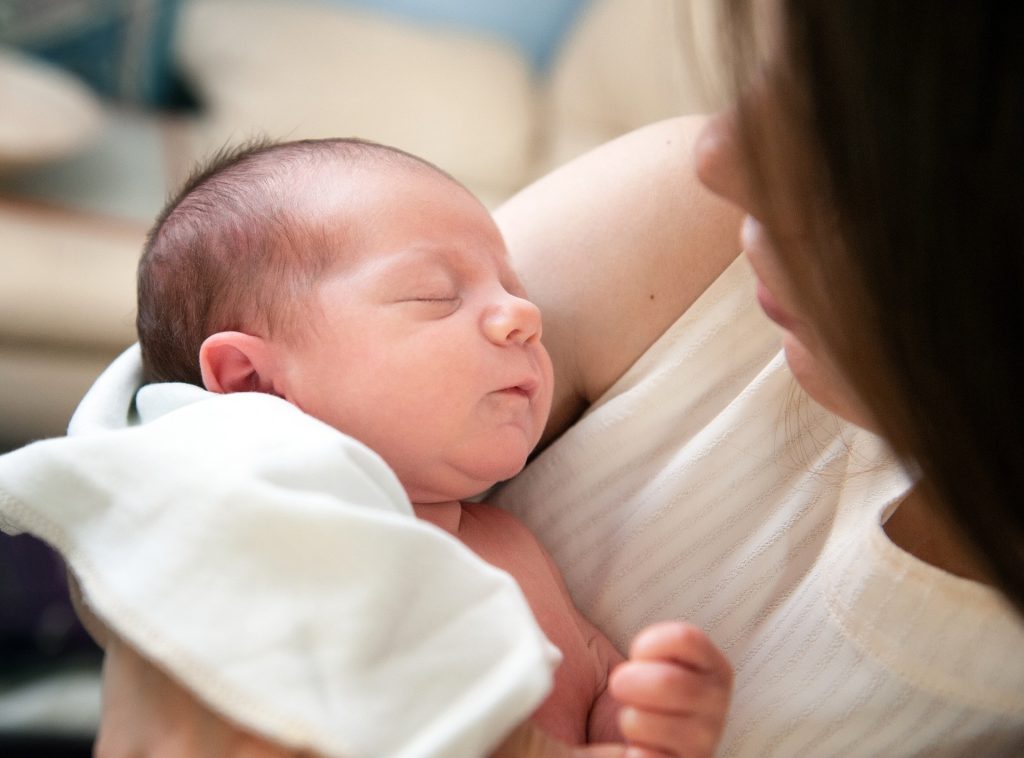 a groundbreaking development in the field of science, the world’s first baby with three-parent DNA was born in 2019. This revolutionary breakthrough has opened up a world of possibilities for gene therapies and treatments, as well as raised many ethical questions surrounding the use of such technology. In this article we will take a look at what exactly is three-parent DNA, its history and development, and the potential benefits, risks and implications it presents to us all.
a groundbreaking development in the field of science, the world’s first baby with three-parent DNA was born in 2019. This revolutionary breakthrough has opened up a world of possibilities for gene therapies and treatments, as well as raised many ethical questions surrounding the use of such technology. In this article we will take a look at what exactly is three-parent DNA, its history and development, and the potential benefits, risks and implications it presents to us all.
Definition of Three-Parent DNA
In 2019, the world saw a scientific breakthrough as the first baby with three-parent DNA was born. This revolutionary development has opened up a world of possibilities for gene therapies and treatments, as well as raised many ethical questions surrounding the use of such technology.
Essentially, three-parent DNA is when a child is born with genetic material from three parents instead of two. This type of DNA can be created through a process called mitochondrial transfer, which involves taking the nucleus from one egg and placing it in another egg. Through this technique, the baby receives genetic material from three parents rather than just two – something that has never been done before.
The technology used in three-parent DNA has been studied since the 1980s and actually has been used for fertility treatments since the late 1990s in countries such as the United Kingdom and the United States. While this groundbreaking discovery could potentially prevent transmission of genetic disorders or create gene therapies or genetically modified organisms, there still remain ethical and safety concerns surrounding its use – making it an important subject to explore further.
History of the Research and Development
The history of research and development leading up to the world’s first successful three-parent IVF procedure and subsequent birth of a baby with three-parent DNA dates back over a decade. In 2016, researchers achieved their first successful mitochondrial transfer procedure, marking the beginning of a new era in fertility treatment. This process involves transferring mitochondria from one egg cell to another, creating an embryo with three genetic parents – two who provide the nucleus and one who provides the mitochondria.
In 2018, this technology received approval from the United Kingdom’s fertility regulator, clearing the way for its use in clinical practice. The first live birth using this method was achieved in 2019, bringing a revolutionary form of IVF to life.
Despite its potential benefits, including preventing transmission of genetic disorders, creating gene therapies and even genetically modified organisms, this process remains controversial due to ethical and safety concerns surrounding its use. It is not approved in many countries around the world due to these unresolved issues. Nevertheless, it remains an important subject which needs exploration as we move forward into this new age of reproductive medicine.
Ethics of Three-Parent DNA
The ethical implications of three-parent DNA treatments are complex, and should be considered carefully before any such procedures are carried out. One of the primary concerns is how this technology could affect the rights of those involved; in particular, the right to privacy and bodily autonomy.

The potential for misuse or unintended consequences is also a major concern when it comes to three-parent DNA treatments. For example, while mitochondrial transfer can potentially prevent the transmission of genetic disorders, it could also be used to modify embryos in ways that go beyond safety and ethics standards. This raises questions about who has the right to make decisions about what traits should be passed on from one generation to the next.
Another issue is how this technology could shape public opinion and views on parenthood. Three-parent DNA treatments have already been met with resistance from some religious groups, as well as from others who view them as an affront to traditional family models. There is also a concern that this technology could lead to a slippery slope of genetic engineering, where individuals can choose which traits they want their offspring to have regardless of medical need or safety concerns.
Finally, there are long-term effects that need to be taken into consideration when discussing three-parent DNA treatments. While these procedures can help prevent certain illnesses in current generations, they also raise questions about how they may affect future generations if used indiscriminately or without proper oversight. In addition, there are potential issues surrounding consent; while parents may agree to use this technology today, it’s unclear what implications their decisions might have for their children down the line.
Ultimately, three-parent DNA treatments come with both potential benefits and risks that should be carefully considered before any such procedure takes place. It’s important for medical professionals and lawmakers alike to consider both sides of the argument before deciding whether or not these procedures should become part of mainstream medicine in order to ensure that everyone’s rights and safety remain protected at all times.
Benefits of Three-Parent DNA
The potential of three-parent DNA treatments are far-reaching and varied. From preventing the transmission of diseases from parent to child, to creating genetically modified organisms for food production, this technology offers a variety of applications. It also has the capability to identify and treat certain conditions in unborn babies before they’re born, all while providing researchers with unprecedented insight into human genetics.

This knowledge could lead to advancements such as gene therapies that aid in the treatment or even cure certain genetic conditions; medicines tailored for specific patients based on their unique genetics; and new treatments for afflictions like cancer or heart disease.
However, with any type of technology there needs to be caution taken when using it safely and ethically – so careful consideration should always be given when deciding if three-parent DNA is right for an individual or family situation. Overall, its potential benefits could have positive implications on humanity’s quality of life both now and in the future.
Future Implications and Potential Obstacles
The potential rewards and risks of three-parent DNA treatments have yet to be fully explored. While the technology could offer a wide range of benefits, there is also the worry that it may be misused to create designer babies or lead to unforeseen genetic mutations down the line. The cost of such treatments in comparison to traditional IVF ones is also considered an obstacle, as they may not be affordable for many people.
Additionally, ethical considerations remain around this new technology. How will it affect public opinion on parenthood? What rights do those involved have in terms of informed consent? And could it be employed without appropriate regulation or oversight? These are all questions which need answering before any decisions can be made about its use in mainstream medicine.
The long-term safety of three-parent DNA treatments is still uncertain, making it hard to identify future implications and obstacles associated with them. Medical professionals must evaluate current effects as well as potential consequences for future generations before deciding whether or not these procedures should become commonplace.
Overall, while there are many advantages associated with three-parent DNA treatments, precautions must still be taken when using them responsibly and ethically. The implications and issues related to these treatments ought to be thoughtfully contemplated prior to any conclusions being reached about their viability for use in healthcare today.
Avid Writer with invaluable knowledge of Humanity!
Upcoming historian with over 30 million views online.
“You make your own life.”





